Ground Truth
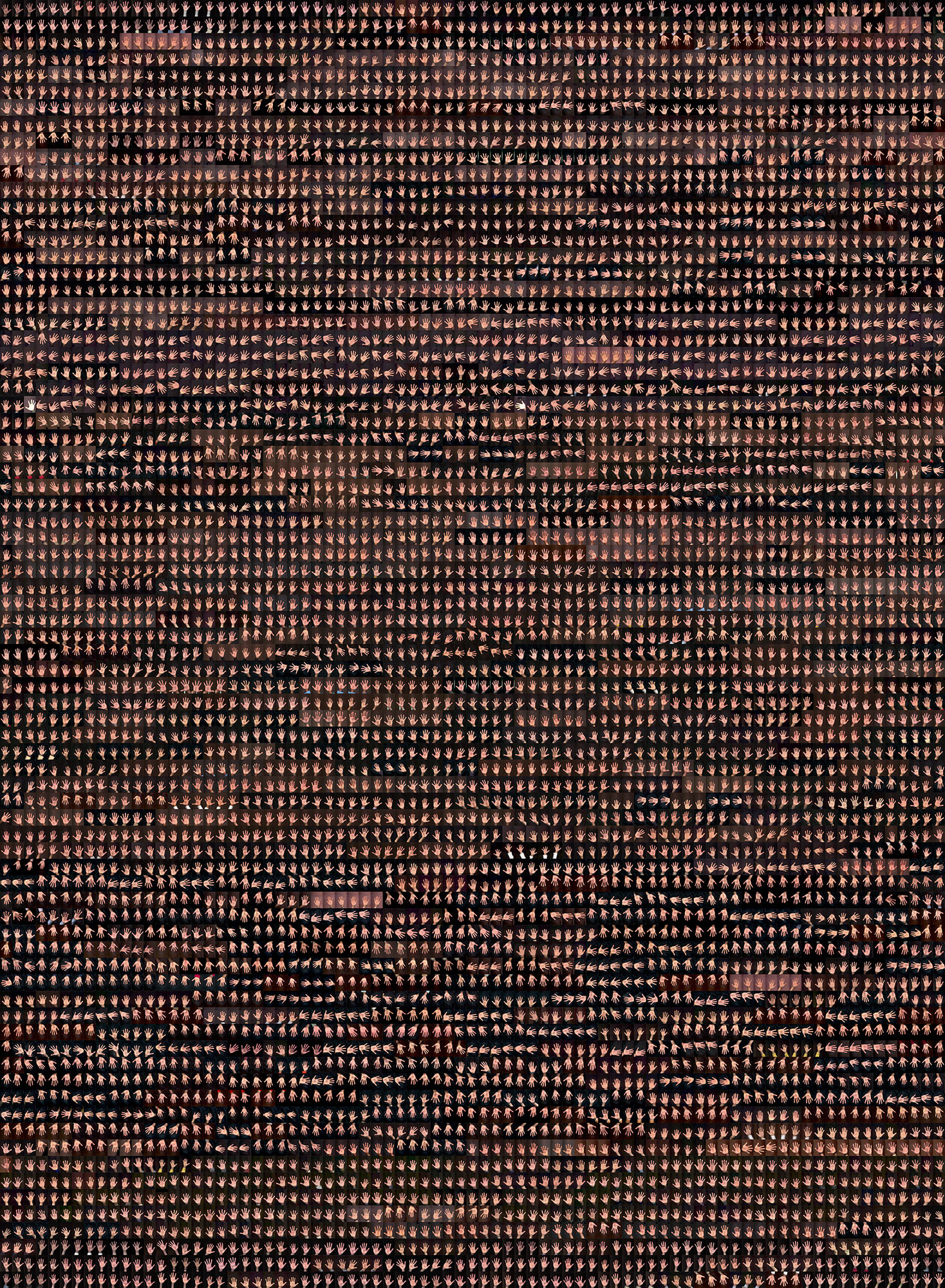
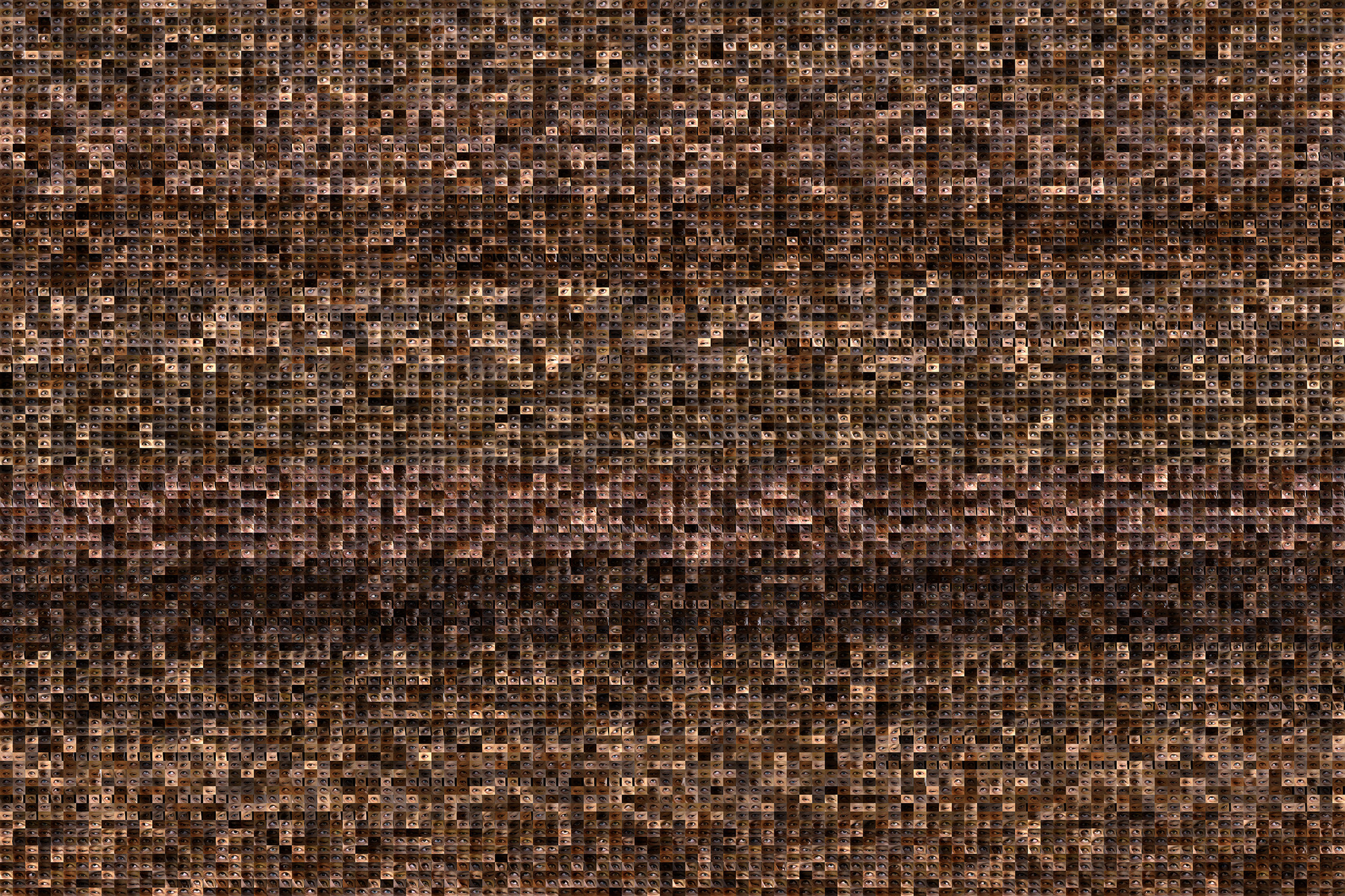
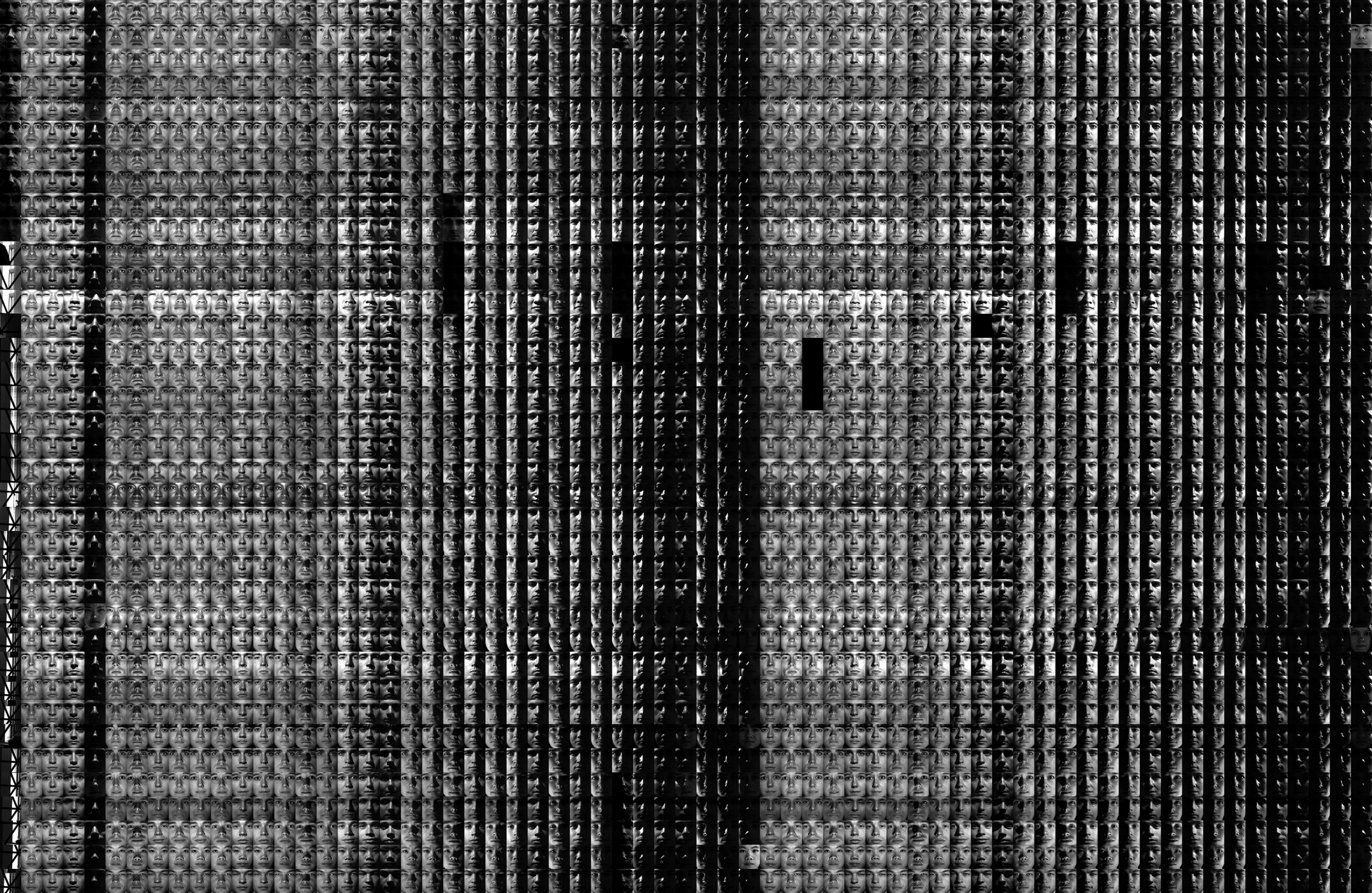
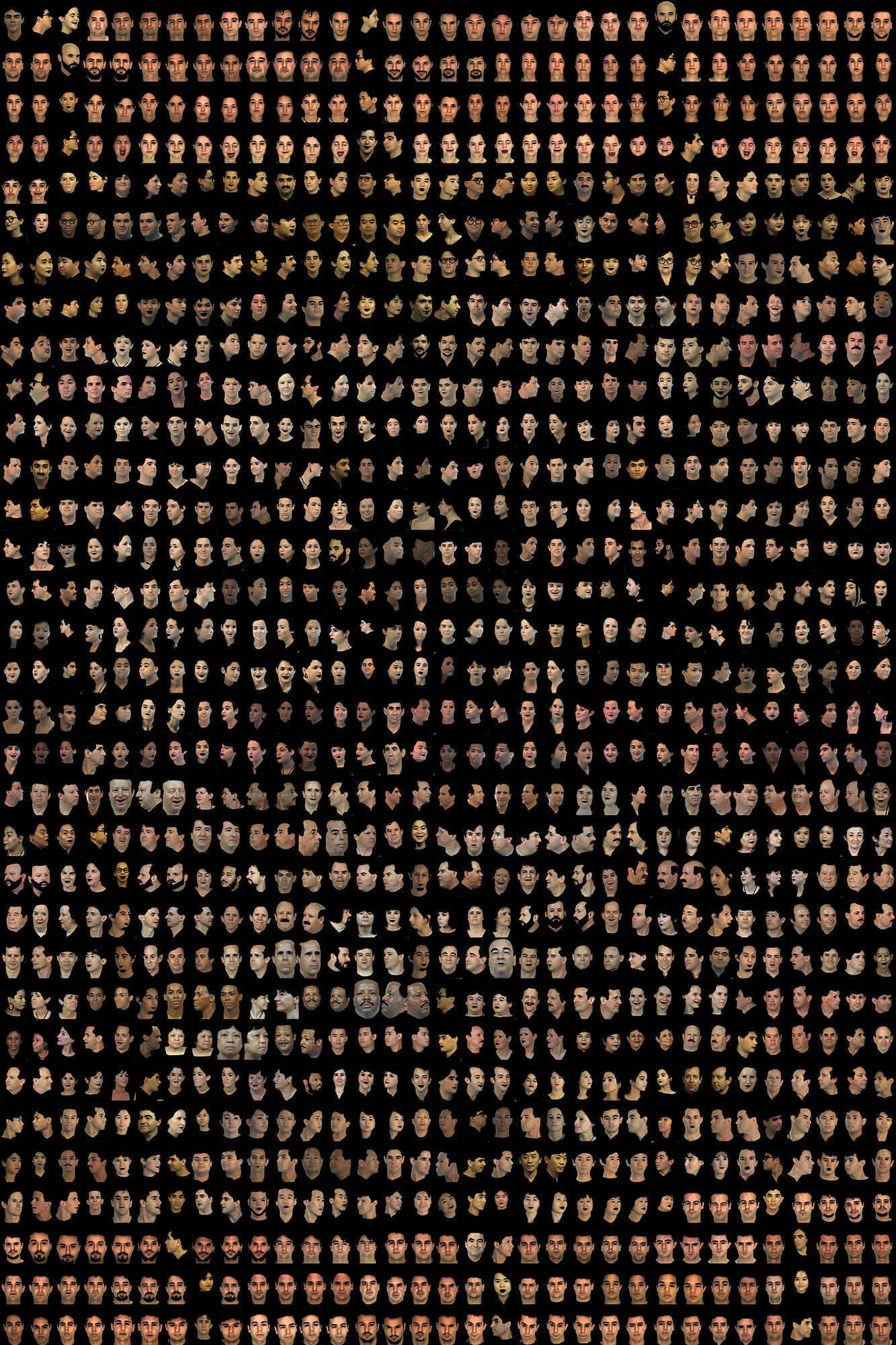
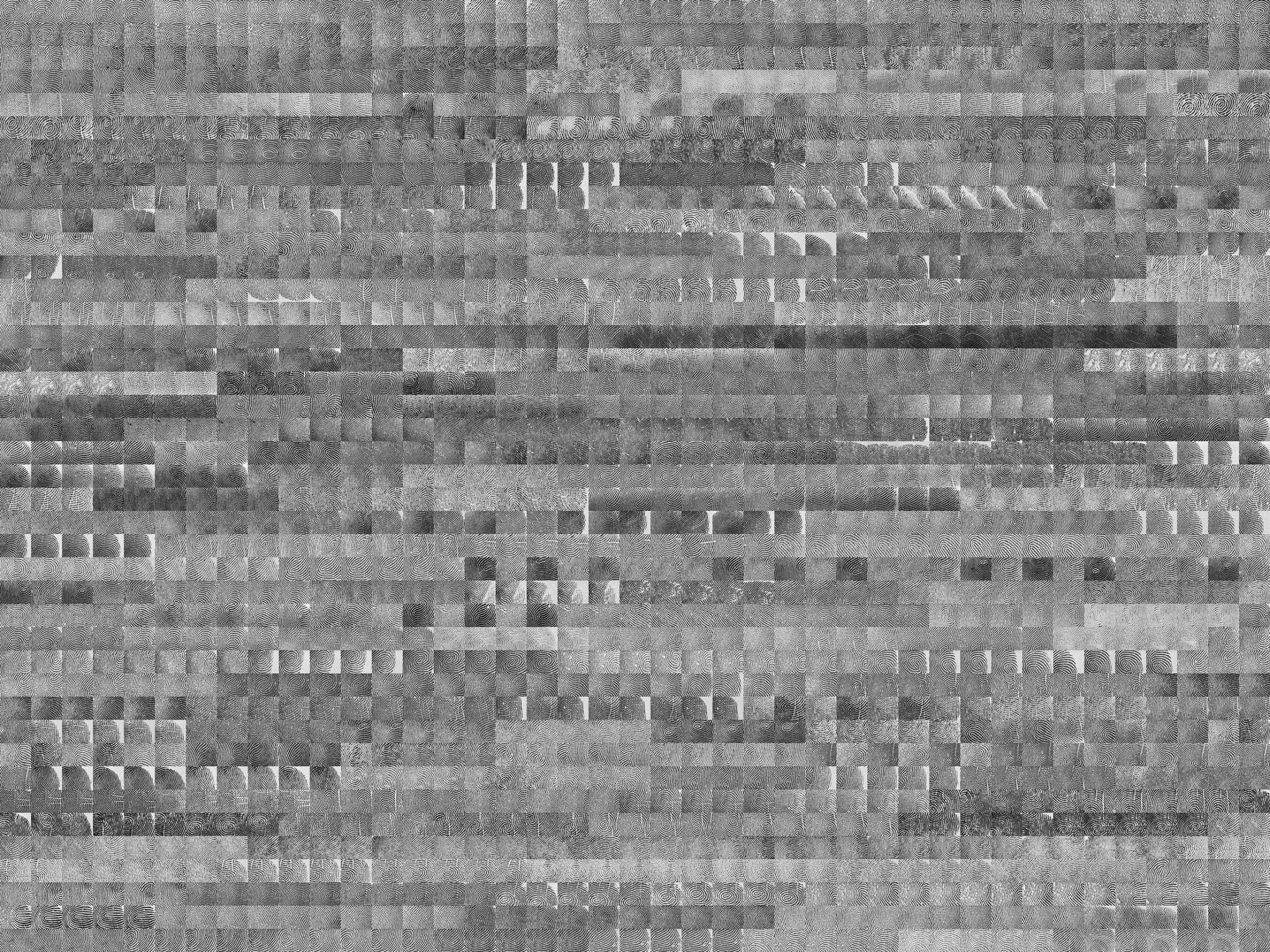
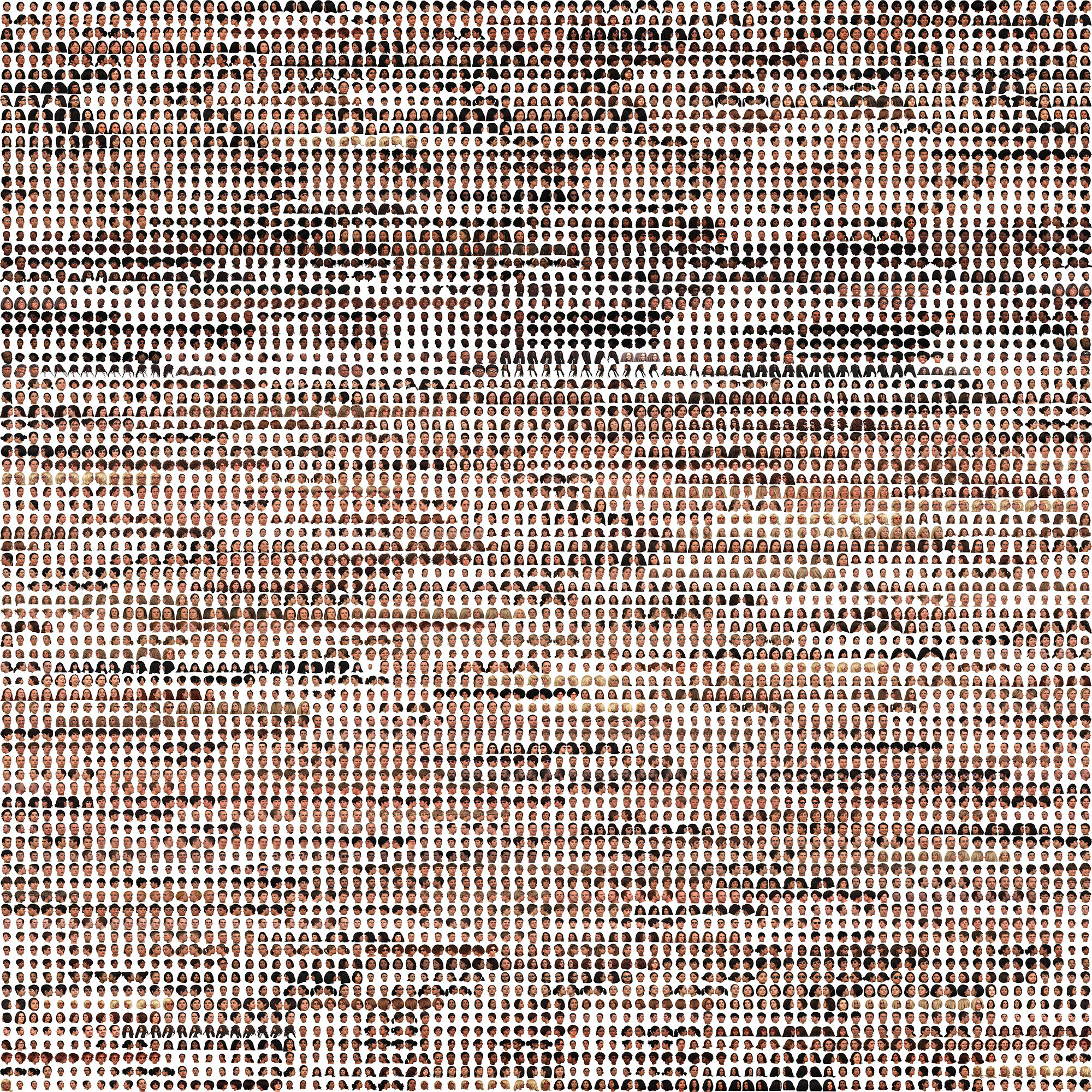
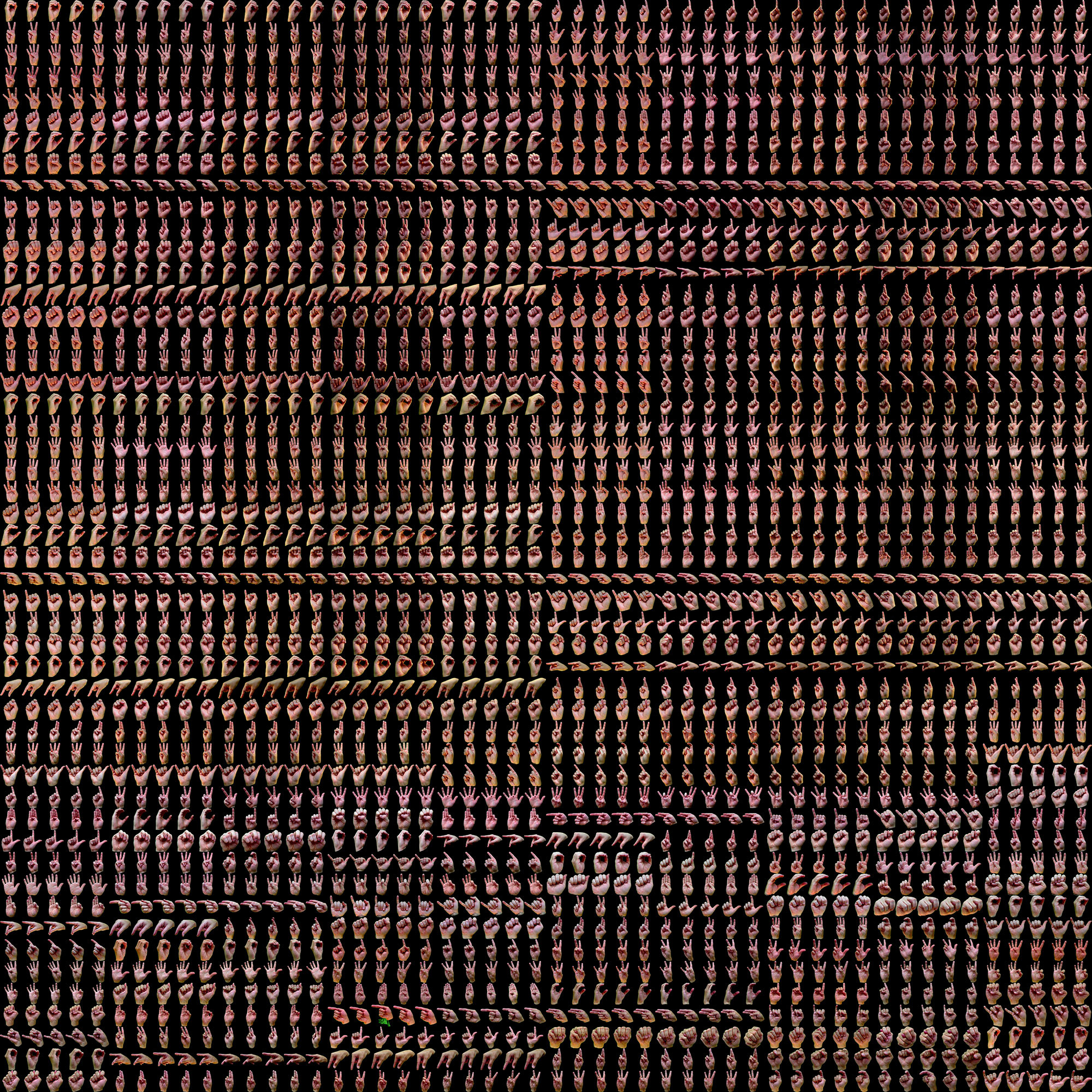
Ground Truth
Computer vision plays an essential role in everything from robotics, to health care to surveillance. In order to train algorithms to see, researchers feed them with image data-sets, which are translated into statistical models. These models in turn form the basis of computer vision software, for example for face tracking or optical character recognition.
Ground Truth is a collection of image data-sets of the human body such as faces, finger prints and hand gestures.
Mapping them out as large format prints lets us see images we usually never get to see. What are the aesthetics of these data sets? What are their peculiarities? How large are the data sets? How many faces are enough to develop a face recognition algorithm? What is included, what is not included? What are possible biases?
Created at Eyebeam New York and exhibited at To Scale
Collaboration with Frédéric Eyl